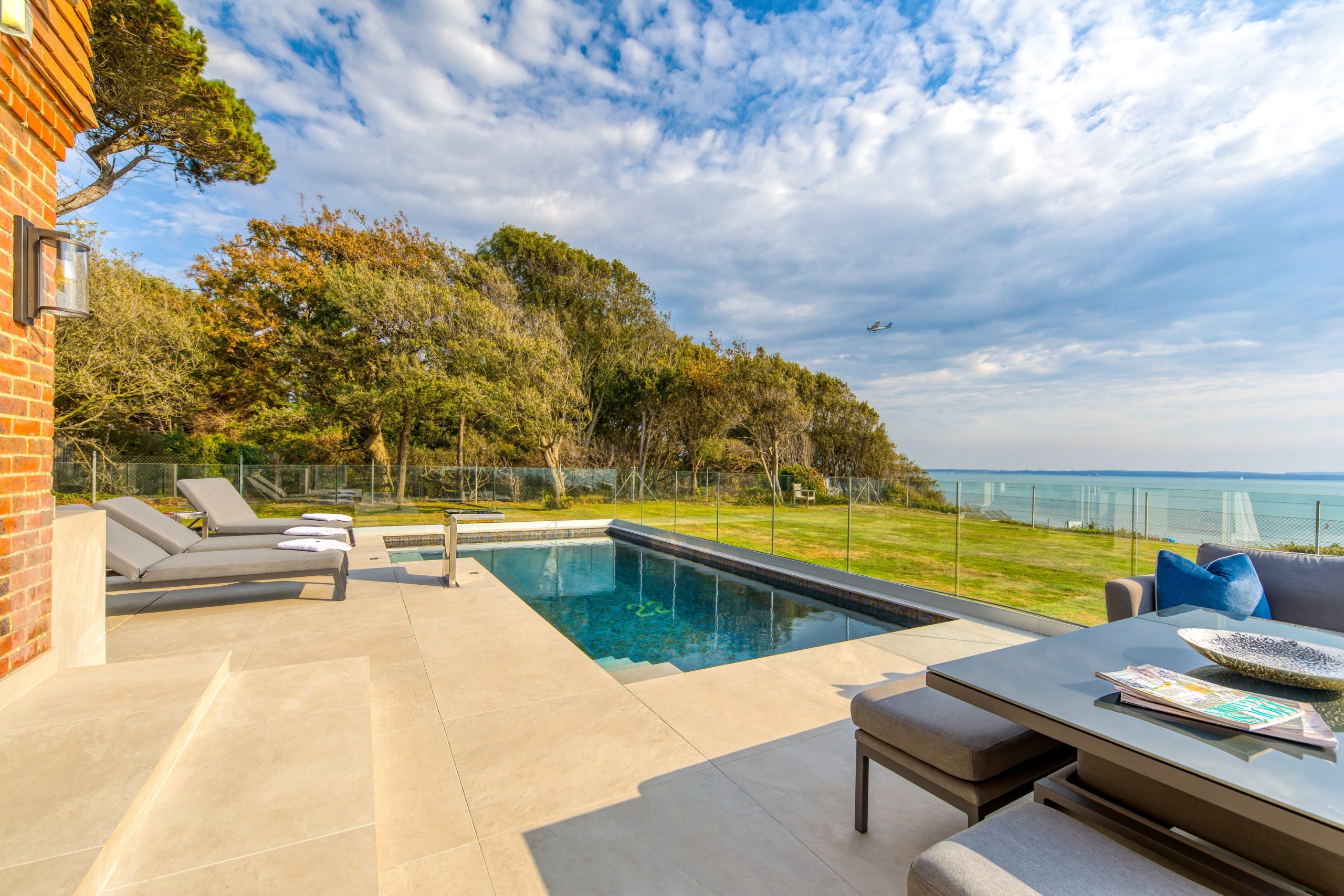If you have an outside pool then you’re probably no stranger to the yearly routine of making it summer-ready after a quiet winter. Find out our essentials for ensuring your swimming pool is summer-ready!
Clean the cover (if you have one)
Removing the winter protective cover is the first and most obvious step to getting your pool ready for the summer. If it’s covered in a winter’s worth of rainwater, leaves and other debris, then the first step will be to remove this. The more you remove from the cover now, the less will make its way into the pool water once you begin removing the cover. Try using a pump of some sort and skim the rest.
Clean the pool
Get started cleaning the pool itself and getting everything set up for cleaning. If the pool has been out of action for the winter, that means the pump, filter and other hardware have been too. Put the filter system together, clean out the baskets, and remove any plugs that you put in for the winter, make sure the pump and everything is working as it should. Once everything is set up, it’s time to get your hands dirty. If you have a pool vacuum…use it. If not, start brushing! Once you’ve finished cleaning the pool, skim the surface of the water to collect any dirt and debris that may have got loose whilst cleaning.
Top up and test the water
Depending on how long your pool was out of use, you may need to top it up to the correct water level. Once topped up, get testing. Use a pool water test kit to test the pH and chlorine levels in your water. Some simple testing strips with give you an indication of which chemicals you’ll need to add next.
Balance the chemicals
Once you know your levels you can begin balancing them out with chemicals.
- The ideal pH range for your pool is 7.4 to 7.6.
- Alkalinity should be between 100 to 150 parts per million (ppm)
- Chlorine should measure between 1 and 3 parts per million
This is as simple as adding chemicals until your reach the correct levels. But don’t go diving in straight away! Make sure you wait for the water to clear, this can sometimes take up to a week if you’re cleaning your filter daily and making sure chlorine levels are correct.
That’s it, you’re ready to hop in, just make sure to keep on top of cleaning by following our cleaning tips here!


